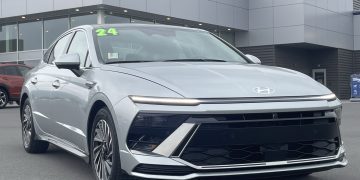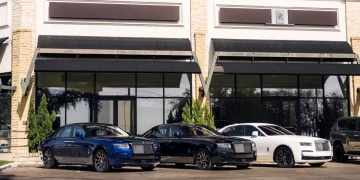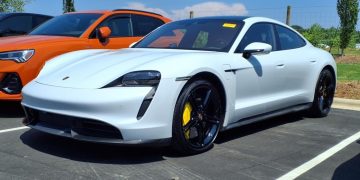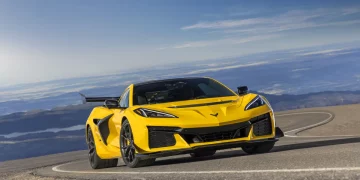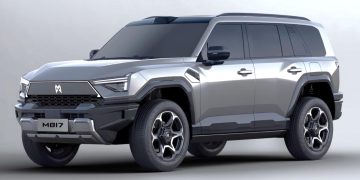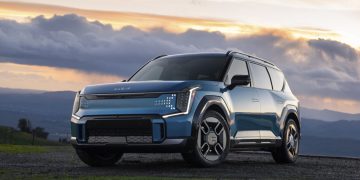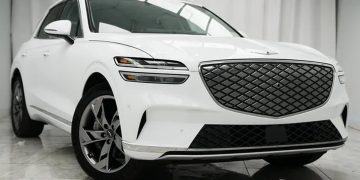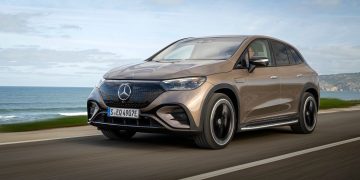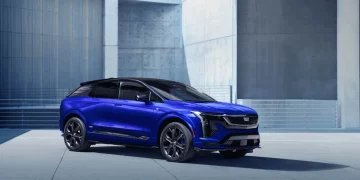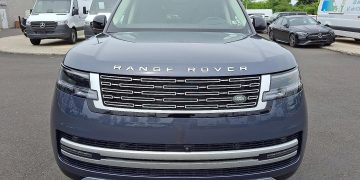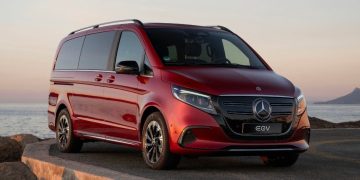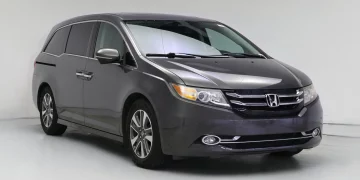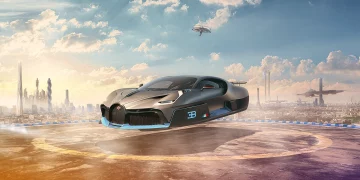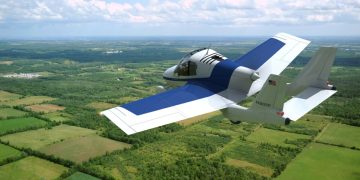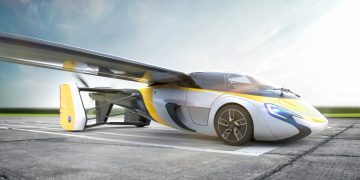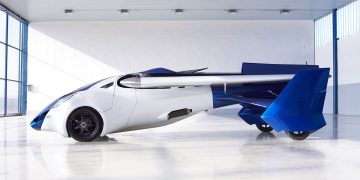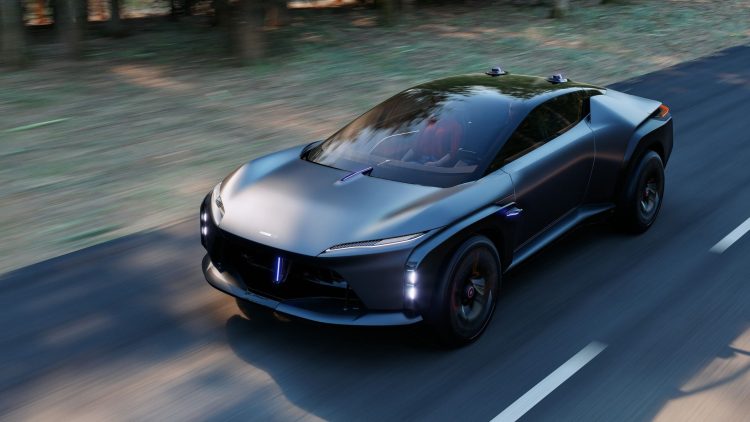Conceptual SUVs and cutting-edge designs for the future
The world of SUVs is rapidly evolving, and futuristic designs are reshaping how we think about these vehicles. Traditional designs are being pushed to the limits as automakers experiment with bold new concepts and innovative approaches to mobility. Conceptual SUVs, often revealed at major auto shows, give us a glimpse into the future, where form and function merge in ways that were once unimaginable.
In the realm of cutting-edge SUV designs, manufacturers are moving beyond the conventional metal and glass frame. Future SUVs are envisioned as highly aerodynamic, often featuring smooth, flowing lines and sleek, sculptural bodywork. These vehicles may feature enhanced aerodynamics to improve fuel efficiency, especially in electric and hybrid models. Imagine SUVs with floating roofs, minimalistic exteriors, and even fully transparent cabin designs, allowing for a futuristic, almost spaceship-like experience.
One of the most noticeable changes in SUV design is the growing trend towards modular architecture. In the future, SUVs could be designed with adaptable components that allow for easy customization. This might include adjustable seating arrangements or removable panels, giving the driver flexibility in how they use the vehicle. Instead of the traditional vehicle layout, we may see cabins designed more like lounges, with configurable spaces that can accommodate both work and relaxation, especially as autonomous driving becomes more widespread.
Lighting is also a major focus in futuristic SUV design. LED and OLED lighting technology have already made their way into modern vehicles, but future SUVs may incorporate dynamic lighting systems that change based on the vehicle’s environment, driving mode, or even the mood of the driver. The concept of lighting extends beyond just the exterior of the vehicle; interiors could feature ambient lighting that reacts to driver input, creating an immersive, personalized driving experience.
Additionally, sustainability is at the forefront of futuristic SUV designs. Manufacturers are investing in the use of lightweight, eco-friendly materials to reduce the overall environmental impact of their vehicles. Carbon fiber, advanced composites, and recycled materials are expected to become increasingly common in future SUVs, making them not only lighter and more fuel-efficient but also more sustainable. Future SUVs may also feature designs that are easier to recycle, in line with the growing trend of circular economies in the automotive industry.
The role of AI and autonomous driving in future SUVs
As we look towards the future, artificial intelligence (AI) and autonomous driving technologies will undoubtedly play a central role in the evolution of SUVs. The way we drive—and even the way we think about driving—will be fundamentally transformed as AI and machine learning become more integrated into vehicles.
One of the most exciting possibilities is the development of fully autonomous SUVs. These vehicles would be equipped with advanced AI systems capable of driving the vehicle without human input. Utilizing a combination of sensors, cameras, and lidar technology, these SUVs would be able to detect their surroundings, make decisions based on real-time data, and navigate complex road conditions with a high degree of precision.
The advantages of autonomous driving in SUVs are immense. With AI at the helm, drivers could sit back and relax during their commutes, use their time more productively, or even enjoy the ride without the need to focus on controlling the vehicle. This shift could drastically reduce stress, especially in dense urban areas with heavy traffic. Furthermore, autonomous driving could significantly enhance safety by minimizing human error, which is responsible for the majority of road accidents.
AI in future SUVs won’t just focus on driving the vehicle—it will also be integral to the entire user experience. Advanced AI systems could learn the preferences of drivers and passengers, adjusting everything from seat positioning to climate control, entertainment options, and even driving style based on individual preferences. Imagine an SUV that knows exactly how you like your seats set, your music playing, and your driving mode selected—without you needing to lift a finger. This personalization would create a highly intuitive, seamless, and futuristic driving experience.

AI will also improve safety in future SUVs. Driver-assistance systems such as lane-keeping assist, automatic emergency braking, and adaptive cruise control will evolve to become even more sophisticated, using real-time data to anticipate potential hazards and respond faster than any human driver could. Machine learning algorithms will constantly improve, learning from previous experiences to make driving even safer and more efficient.
Another area where AI will make a significant impact is in predictive maintenance. By monitoring a vehicle’s systems and using AI to detect patterns and potential issues, future SUVs will be able to alert owners to problems before they become serious. This could prevent breakdowns and expensive repairs, saving time and money for SUV owners.
How technology and sustainability will shape future SUV models
Technology and sustainability are intertwined in shaping the future of SUVs. The shift toward electric and hybrid powertrains is perhaps the most significant change we’re seeing in the automotive industry, and it will only accelerate in the years to come. Electric SUVs offer a greener alternative to traditional internal combustion engine vehicles, drastically reducing emissions and contributing to cleaner air in urban areas.
In addition to the environmental benefits, electric SUVs are likely to offer enhanced performance. With an electric motor’s instantaneous torque, these vehicles can provide quicker acceleration and smoother driving experiences compared to their gasoline-powered counterparts. As battery technology continues to improve, we can expect electric SUVs to have longer driving ranges and shorter charging times, making them more practical for everyday use.
Battery technology is also a key focus when it comes to sustainability. The materials used in batteries, as well as the methods of sourcing and disposing of them, are an ongoing concern for automakers. In the future, we will likely see a shift toward more sustainable battery materials and recycling techniques. Innovations like solid-state batteries and new lithium-ion chemistries will not only improve performance but also reduce the environmental impact of manufacturing and disposal.
Beyond powertrains and batteries, sustainability in future SUVs will also extend to the materials used in their construction. Automakers are already experimenting with alternative materials such as bio-based plastics, recycled metals, and natural fibers. These materials are not only more sustainable but can also make the vehicle lighter, improving efficiency and reducing energy consumption.
In addition to sustainable materials, manufacturers will focus on creating more efficient manufacturing processes. Factory emissions, water usage, and waste management will all be critical factors in the production of future SUVs. Many automakers are already working towards carbon-neutral production processes, and the vehicles of the future will be designed with the entire lifecycle in mind, from production to disposal.
The concept of circularity will also shape the future of SUVs. Manufacturers will explore ways to design vehicles that are easier to repair, refurbish, and recycle, minimizing their impact on the environment. Future SUVs may come with parts that can be easily replaced or upgraded, ensuring that they remain in use for longer and are less likely to end up in landfills.
In conclusion, the future of SUVs is one of innovation, sustainability, and cutting-edge technology. With conceptual designs pushing the boundaries of what’s possible, autonomous driving transforming the driving experience, and technology ensuring that SUVs are greener and more efficient than ever before, these vehicles are setting new standards for mobility. The intersection of AI, sustainability, and futuristic design will redefine how we think about and experience SUVs in the coming years, making them safer, smarter, and more environmentally friendly.

